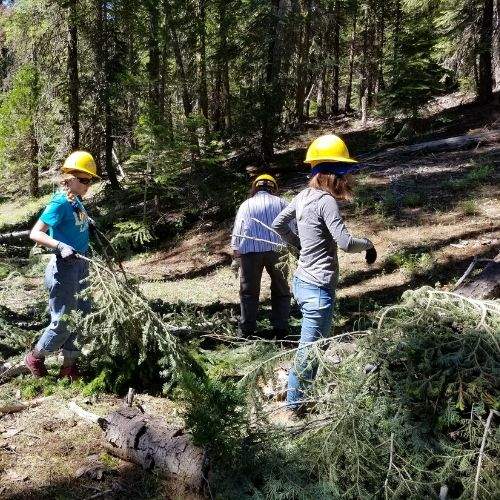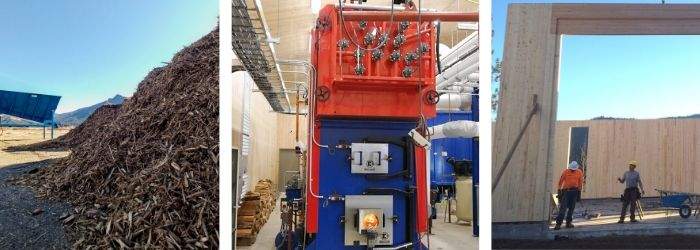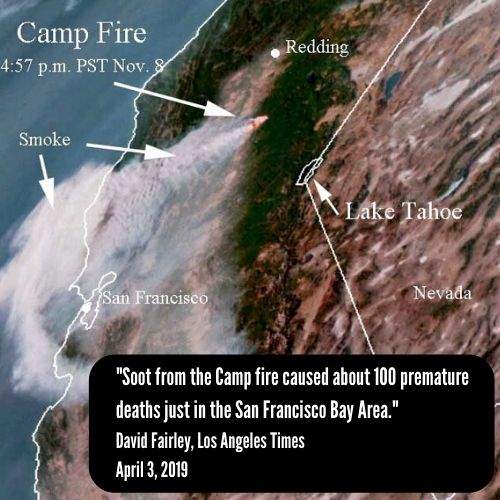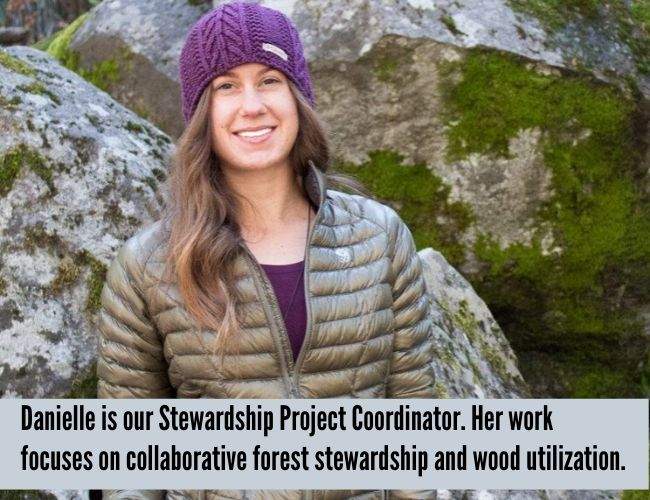How one rural community is utilizing fuels reduction activities and a biomass boiler to increase the pace of forest restoration and promote socioeconomic development.

What if I told you the same “hazardous fuels” contributing to California’s catastrophic wildfires may also be one of the state’s largest climate-smart renewable energy resources?
Over the past decade, nearly 150 million trees have died due to disease, drought, and pests leaving much of California’s forested landscape more comparable to a highly combustible tinderbox than a lush, resilient ecosystem service provider. Nearly 30% of the state’s 33 million acres of forested lands are in urgent need of treatment in order to mitigate yet another disastrous wildfire.

By now, many of us have heard numerous renditions of how we got here; however, lesser known is how we get out. To successfully confront these forest health and wildfire issues, experts assert that we must treat a minimum of 1 million acres of fire-prone land annually through thinning, prescribed burning, and reforestation; however, we are far from reaching this goal.
One rural community endeavors to do just that by proactively harnessing the power of hazardous fuels before they result in landscape altering wildfire. In 2015, the Sierra Institute for Community and the Environment set out to pilot a small-scale biomass facility (boiler) in Plumas County, California. The result was an Organic Rankine Cycle (ORC) boiler that serves as the primary heat source for the Plumas County Human Health and Services Center housed in California’s first full cross-laminated timber (CLT) building.

This operation utilizes 14 tons of woodchips, roughly equal to 1 acre of forest treatment, to generate up to 35 Kw of electricity and 400 Kw of thermal energy (heat). To date, chips have been sourced from post-fire recovery efforts following the 2018 Camp Fire in Paradise, California, as well as from local hazardous fuel reduction projects.
Earlier this year, a collaborative effort between the Sierra Institute, Plumas Fire Safe Council, and Plumas National Forest leveraged support from the Sierra Nevada Conservancy to facilitate the creation and delivery of nearly 1,425 cubic yards of chips from the Butterfly Valley Wildland-Urban Interface (WUI) Hazardous Fuels Reduction Project to Sierra Institutes’ developing Wood Products Campus in Crescent Mills, California, in order to fuel next year’s boiler operations. Under ordinary circumstances, these hazardous fuels would remain on the forest floor as chips or slash. These types of treatments beneficially “rearrange” fuels, but don’t reduce the overall fuel load. Alternatively, the material may be piled and open-burned in subsequent years.

However, by chipping these forest restoration byproducts for use in confined boiler systems we are able to utilize the power of these fuels to create heat and energy while also reducing the emission of harmful pollutants (VOCs, PM-10, NOx, and SOx) by as much as 99%.
The treatments have also demonstrated their value in increasing forest stand diversity and retaining snowpack, thereby improving the health of forests and watersheds that are crucial to millions of downstream beneficiaries. As an added benefit, this specific effort created numerous jobs and brought over $1 million into the local economy through its development and operation.

Building on the widespread consensus that our unhealthy forests are in need of restoration and that communities and the environment would benefit from the revitalization of the wood products industry, the Sierra Institute is committed to working with the Plumas Fire Safe Council, Forest Service, and various other partners in order to develop a network of biomass and other wood utilization opportunities throughout Plumas County and the greater Sierra Nevada region. Our forests are essential to the future of renewable energy, which is why we are working diligently to pursue innovative and sustainable ways to integrate biomass energy and other forest products into our local communities.

By proactively harnessing the power of these hazardous fuels, we can restore a healthier, fire resilient landscape that sustains natural resources and rural communities alike.
As part of her graduate stories at UC Davis, Danielle created a story map: Lessons Learned: Wildfires in California’s Wildland-Urban Interface. The work explores the complex factors contributing to recent wildfires that have occurred at an unprecedented scale See it here.

